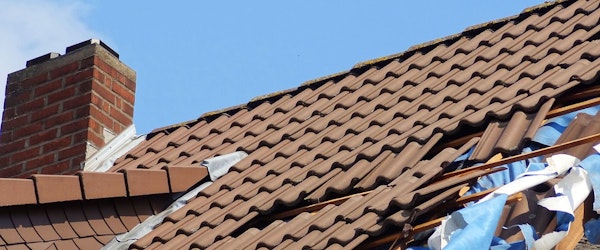
Roof Resilience Is the Key to Lower Claims and Safer Homes
Wednesday, June 4th, 2025 Catastrophe Insurance Industry Property Risk ManagementRoofs are a property’s first line of defense against severe weather—and one of the most common points of failure during storms. As National Roof Awareness Week (June 1-7) highlights, roof resilience is more important than ever, especially as insurers and homeowners confront increasing storm activity and rising claims. Data from the Insurance Institute for Business & Home Safety (IBHS) shows that roof damage accounts for 70% to 90% of storm-related insurance claims.
To address this widespread vulnerability, IBHS developed the FORTIFIED Roof standard—a voluntary construction method that strengthens key components of a roof such as decking, edges, and fastening systems. Upgrades like sealed roof decks and ring-shank nails are both affordable and effective, reducing potential damage by up to 95%. Several U.S. states, including Alabama, Oklahoma, and Mississippi, offer insurance discounts to homeowners who install FORTIFIED-compliant roofs.
Insurers are increasingly emphasizing roof resilience as part of a broader shift from reactive claim management to proactive risk mitigation. Stronger roofs not only reduce damage but may also qualify property owners for better insurance terms and lower premiums. For homes in wildfire and hurricane zones, specialized guidance like the IBHS Wildfire Prepared Home standard provides additional protection.
With support from IBHS and the insurance industry, homeowners now have access to cost-effective tools and strategies—like Roofing Roadmaps—to guide smarter roofing decisions. Investing in a resilient roof today not only protects property, but also promotes long-term affordability and community safety.





